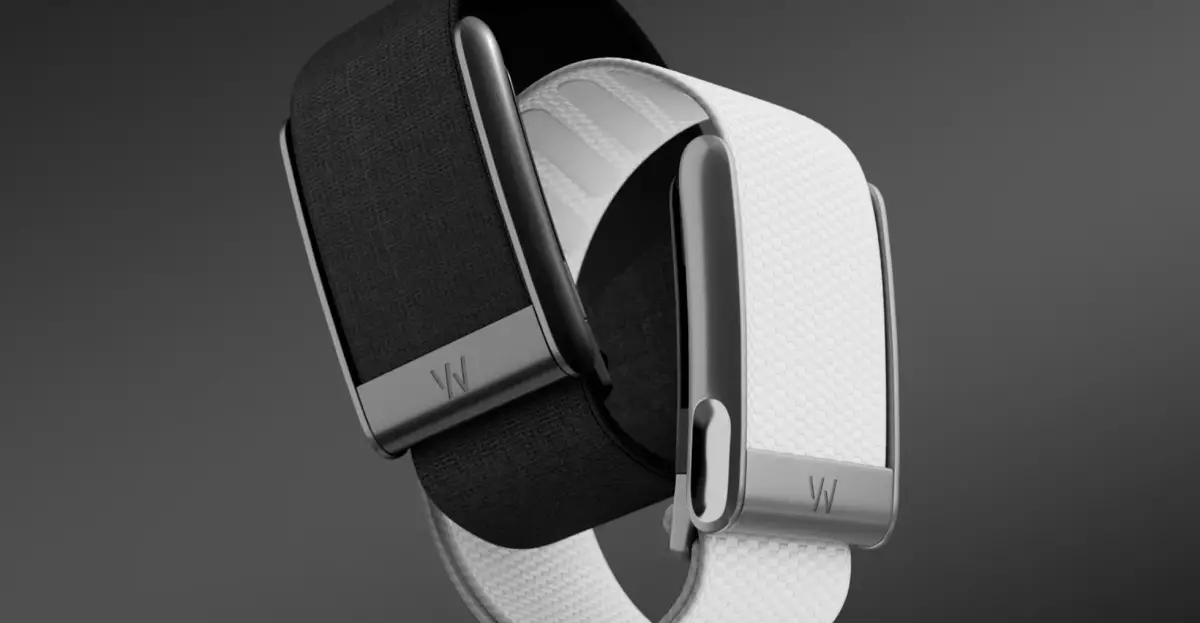The anticipation surrounding the launch of the Whoop MG, dubbed “Medical Grade” for its advanced health monitoring capabilities, quickly transitioned from excitement to frustration for many users. Launched with the Whoop 5.0, this device promised impressive features such as EKG monitoring and blood pressure tracking, all under the umbrella of a premium Whoop Life subscription priced at $359 annually. However, shortly after its release, reports surfaced that these high-tech trackers were becoming unresponsive almost immediately. This has led to a significant backlash from the community, raising questions not only about the product’s reliability but the company’s response strategy.
Customer Experience in the Digital Age
In an era where customer satisfaction can make or break a product, the experiences of Whoop users are particularly revealing. Even as early adopters shared excitement over the MG’s capabilities, many took to forums to report that their devices became inoperative shortly after setup. One user’s experience of the tracker failing overnight after only eight hours of use resonated throughout the community. With complaints about devices becoming inert in less than half an hour cropping up, alarm bells were starting to ring for both the brand and its users.
What’s particularly disconcerting is that the troubleshooting advice typically offered—checking battery levels or performing a reset—yielded little to no results. This lack of effective customer support can erode trust and damage a brand’s reputation. In today’s hyper-connected marketplace, consumers expect seamless technology that performs as promised, so when a device like the Whoop MG falters, it clashes severely with the strong marketing claims made by the company.
Proactive Replacement or a Sign of Systemic Issues?
In a bid to alleviate customer dissatisfaction, Whoop has begun replacing non-working devices. Intriguingly, some users have received replacement units unprompted, raising eyebrows about the company’s internal processes. While this may initially seem like a strong customer service measure, it also hints at a larger issue: Why is the company replacing functioning devices when there was no explicit need for it? This preemptive approach could be interpreted as an acknowledgment of the MG’s shortcomings or, at the very least, an indication of a flawed product rollout.
Critics point out that this move could be seen as an attempt to manage public relations rather than a reflection of genuine concern for user experience. If customers are receiving replacements even if their devices are working fine, it could suggest a corporate strategy focused more on maintaining a positive image than accurately addressing underlying technical flaws.
A Meta Review of Whoop’s Marketing Strategy
The launch of the Whoop MG unfolded amid wider discontent regarding the company’s changing membership terms. The initial outrage over the requirement for an additional 12-month commitment to avoid upgrade fees for the Whoop 5.0—especially when prior terms only mandated six months—suggests a disconnect between Whoop’s marketing strategies and consumer expectations. Such policy shifts can undermine brand loyalty among existing users, who may feel undervalued and at the mercy of corporate interests.
What many users crave is a device that performs reliably while offering fair terms of service. The dual issues of tracker malfunctions and the sudden increase in membership requirements create an intersection of dissatisfaction that ultimately jeopardizes Whoop’s positioning in the competitive wearable technology landscape. As competitors innovate and enhance their offerings, maintaining customer trust is paramount for Whoop, not just for the current product line but for future developments.
The Implications for Wearable Technology
The series of events surrounding the Whoop MG serves as a cautionary tale in the sphere of wearable technology. Companies must prioritize product integrity and customer trust, recognizing that consumers are quick to share their experiences online, impacting brand reputation substantially. The potential degradation of trust can take years to rebuild. For Whoop, it’s a pivotal moment—how the company addresses these challenges could determine its role in shaping the future of health-tracking wearables.
In sum, the road ahead for Whoop will necessitate not just technical improvements, but a concrete commitment to customer satisfaction, transparency, and a recognition of the complexities of a rapidly evolving market. Engaging authentically with their user base will not only restore faith in their products but could also inspire longer-term loyalty as wearable technology continues to expand its reach.

